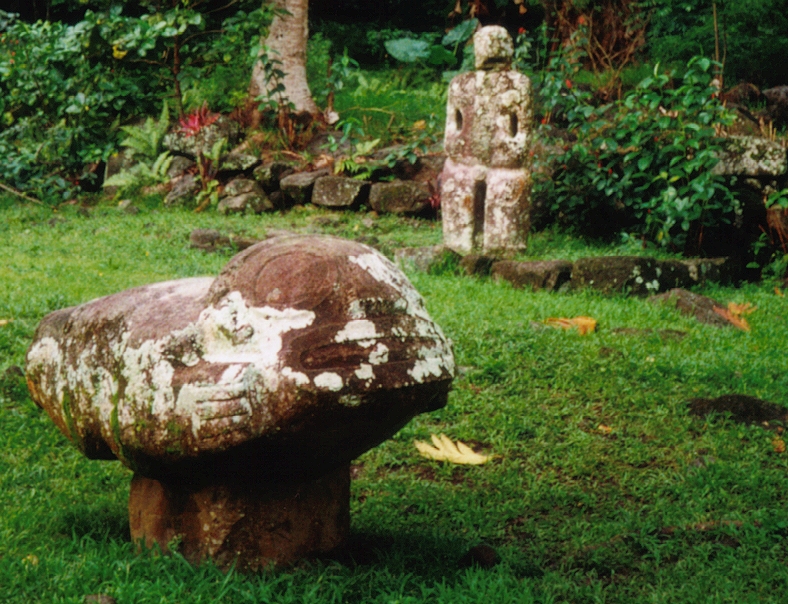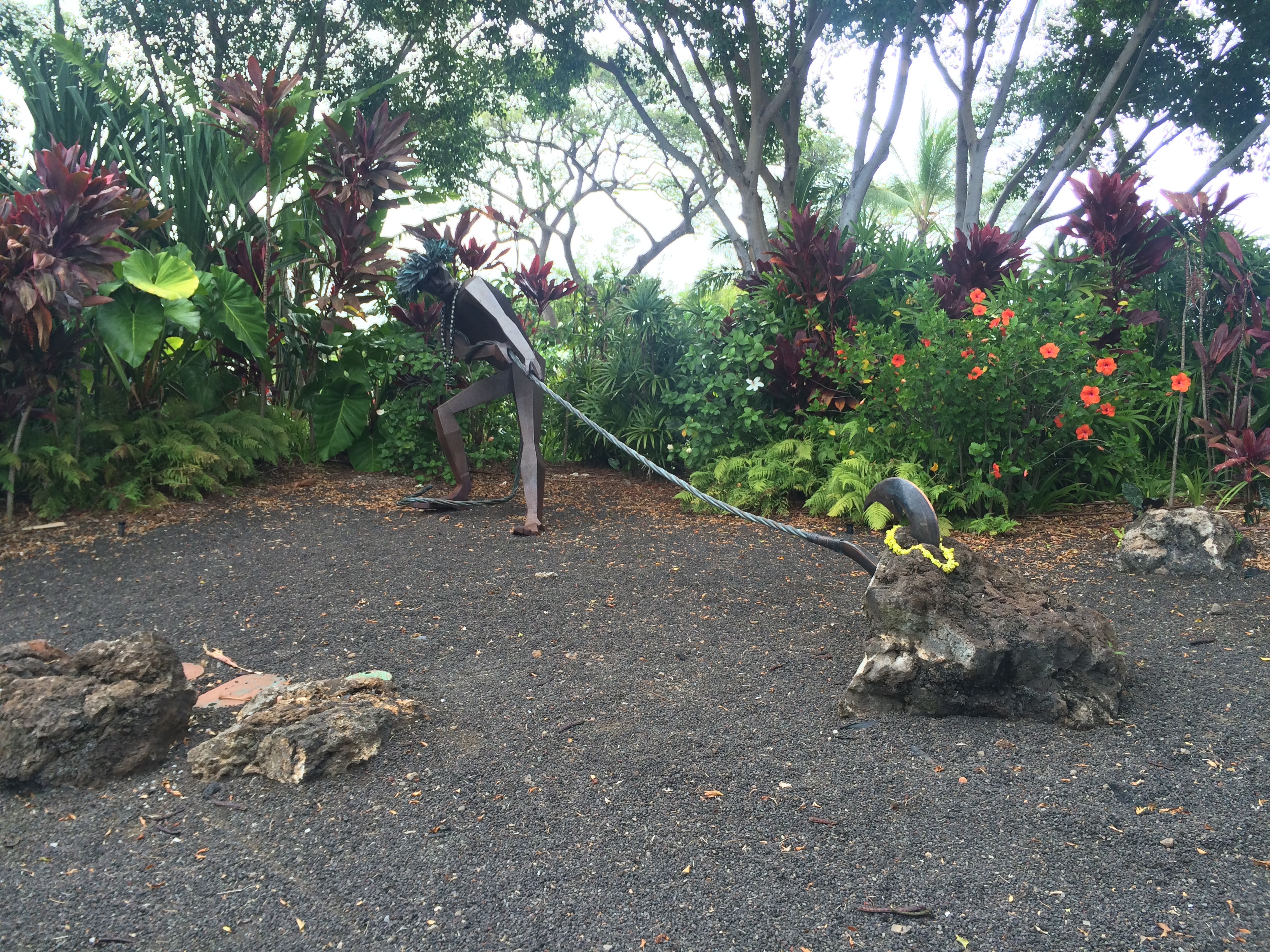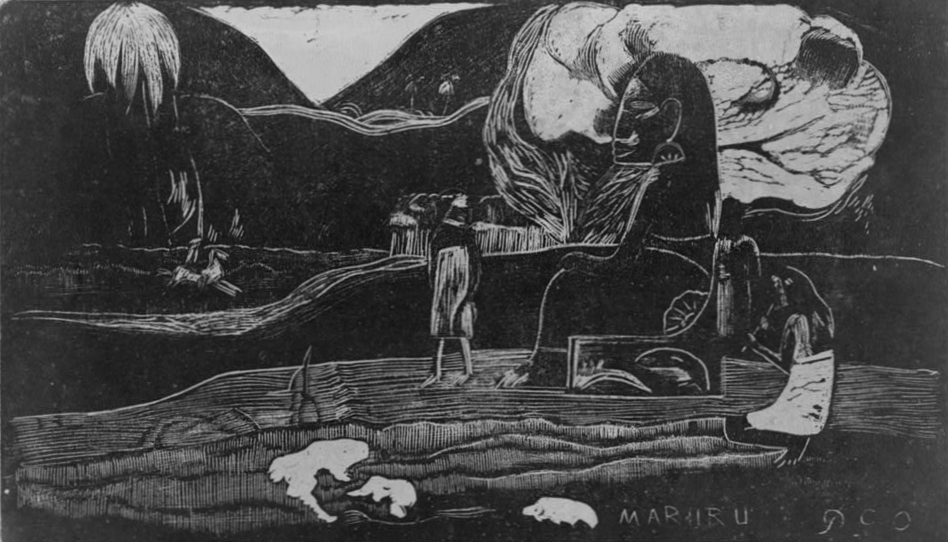|
Tuna (Polynesian Mythology)
In Polynesian mythology, Tuna is a god of eels. In Hawaiian mythology he fights with Māui, who is having an affair with his wife Hina. Māui kills him, cuts off his head, and plants it near his home. A green shoot emerges from the spot where the head was buried, and grows into the first coconut palm. In the mythology of Mangaia Tuna is the lover of Hine, and asks that his head be cut off and planted in order to stop a flood. A coconut shoot grows from the head. A variant of the story is told in the Samoan myth of Sina and the Eel. References See also * Māui (Hawaiian mythology) In Hawaiian religion, Māui is a culture hero and ancient chief who appears in several different genealogies. In the Kumulipo, he is the son of Akalana and his wife Hina-a-ke-ahi (Hina). This couple has four sons, Māui-mua, Māui-waena, Māui ... Polynesian gods Legendary fish {{oceania-myth-stub ... [...More Info...] [...Related Items...] OR: [Wikipedia] [Google] [Baidu] |
Polynesian Mythology
The Polynesian narrative or Polynesian mythology encompasses the oral traditions of the people of Polynesia (a grouping of Central and South Pacific Ocean island archipelagos in the Polynesian Triangle) together with those of the scattered cultures known as the Polynesian outliers. Polynesians speak languages that descend from a language reconstructed as Proto-Polynesian - probably spoken in the Tonga - Samoa area around 1000 BC. Description Prior to the 15th century AD, Polynesian peoples fanned out to the east, to the Cook Islands, and from there to other groups such as Tahiti and the Marquesas. Their descendants later discovered the islands from Tahiti to Rapa Nui, and later Hawai‘i and New Zealand. The latest research puts the settlement of New Zealand at about 1300 AD. The various Polynesian languages are all part of the Austronesian language family. Many are close enough in terms of vocabulary and grammar to permit communication between some other language speakers. ... [...More Info...] [...Related Items...] OR: [Wikipedia] [Google] [Baidu] |
Hawaiian Religion
Hawaiian religion refers to the indigenous religious beliefs and practices of native Hawaiians, also known as the kapu system. Hawaiian religion is based largely on the tapu religion common in Polynesia and likely originated among the Tahitians and other Pacific islanders who landed in Hawaii between 500 and 1300 AD. It is polytheistic and animistic, with a belief in many deities and spirits, including the belief that spirits are found in non-human beings and objects such as other animals, the waves, and the sky. It was only during the reign of Kamehameha I that a ruler from Hawaii island attempted to impose a singular "Hawaiian" religion on all the Hawaiian islands that was not Christianity. Today, Hawaiian religious practices are protected by the American Indian Religious Freedom Act. Traditional Hawaiian religion is unrelated to the modern New Age practice known as " Huna".Rothstein, Mikael, in Lewis, James R. and Daren Kemp. ''Handbook of New Age''. Brill Academic Publishe ... [...More Info...] [...Related Items...] OR: [Wikipedia] [Google] [Baidu] |
Māui (Hawaiian Mythology)
In Hawaiian religion, Māui is a culture hero and ancient chief who appears in several different genealogies. In the Kumulipo, he is the son of Akalana and his wife Hina-a-ke-ahi (Hina). This couple has four sons, Māui-mua, Māui-waena, Māui-kiikii, and Māui-a-kalana. Māui-a-kalana's wife is named Hinakealohaila, and his son is named Nanamaoa. Māui is one of the Kupua. His name is the same as that of the Hawaiian island Maui, although native tradition holds that it is not named for him directly, but instead named after the son of Hawaii's discoverer (who was named after Māui himself). Legendary exploits Hauling up the islands of Hawaii The great fish-hook of Māui is called ''Manaiakalani'', and it is baited with the wing of Hina's pet bird, the ''alae''. Māui is said to have created Hawaii's islands by tricking his brothers. He convinced them to take him out fishing, but caught his hook on the ocean floor. He told his brothers that he had caught a big fish and tol ... [...More Info...] [...Related Items...] OR: [Wikipedia] [Google] [Baidu] |
Hina (goddess)
Hina is the name assigned to a number of Polynesian deities. The name Hina usually relates to a powerful female force (typically a goddess or queen) who has dominion over a specific entity. Some variations of the name Hina include Sina, Hanaiakamalama, and Ina. Even within a single culture, Hina could refer to multiple goddesses and the distinction between the different identities are not always clear. In Hawaiian mythology, the name is usually paired with words which explain or identify the goddess and her power such as Hina-puku-iʻa (Hina-gathering-seafood) the goddess of fishermen, and Hina-ʻopu-hala-koʻa who gave birth to all reef life. Hina continues to be a figure worshiped in many of the Polynesian religionsStokes, J. F. G., Heiau of Molokai. 1909 in MS. ''The Ancient Worship of the Hawaiian Islanders'', edited by W. T. Bringham. Archives, B.P. Bishop Museum, Honolulu. and her stories serve as traditions that unite Polynesia, specifically the Hawaiian Islands. New Zea ... [...More Info...] [...Related Items...] OR: [Wikipedia] [Google] [Baidu] |
Coconut Palm
The coconut tree (''Cocos nucifera'') is a member of the palm tree family (Arecaceae) and the only living species of the genus ''Cocos''. The term "coconut" (or the archaic "cocoanut") can refer to the whole coconut palm, the seed, or the fruit, which botanically is a drupe, not a nut. The name comes from the old Portuguese word '' coco'', meaning "head" or "skull", after the three indentations on the coconut shell that resemble facial features. They are ubiquitous in coastal tropical regions and are a cultural icon of the tropics. The coconut tree provides food, fuel, cosmetics, folk medicine and building materials, among many other uses. The inner flesh of the mature seed, as well as the coconut milk extracted from it, form a regular part of the diets of many people in the tropics and subtropics. Coconuts are distinct from other fruits because their endosperm contains a large quantity of clear liquid, called ''coconut water'' or ''coconut juice''. Mature, ripe coconuts ca ... [...More Info...] [...Related Items...] OR: [Wikipedia] [Google] [Baidu] |
Mangaia
Mangaia (traditionally known as A'ua'u Enua, which means ''terraced'') is the most southerly of the Cook Islands and the second largest, after Rarotonga. It is a roughly circular island, with an area of , from Rarotonga. Originally heavily populated, Mangaia's population has dropped by 75% in the last 50 years. Geography Originally known as ''A'ua'u'' or ''A'ua'u Enua'' ("terraced"), the island was named Mangaia (or ''Mangaianui-Neneva'', "Mangaia monstrously-great") by Tamaeu, who came to the island from Aitutaki in 1775. Geologists estimate the island is at least 18 million years old. It rises 4750 m (15,600 ft) above the ocean floor and has a land area of 51.8 km2. Surrounded by a fringing coral reef, like many of the southern Cook Islands, it is surrounded by a high ring of cliffs of fossil coral 60 m (200 ft) high, known as the makatea. The inner rim of the ''makatea'' forms a steep cliff, surrounding swamps and a central volcanic plateau. The interi ... [...More Info...] [...Related Items...] OR: [Wikipedia] [Google] [Baidu] |
Samoa
Samoa, officially the Independent State of Samoa; sm, Sāmoa, and until 1997 known as Western Samoa, is a Polynesian island country consisting of two main islands (Savai'i and Upolu); two smaller, inhabited islands (Manono Island, Manono and Apolima); and several smaller, uninhabited islands, including the Aleipata Islands (Nu'utele, Nu'ulua, Fanuatapu and Namua). Samoa is located west of American Samoa, northeast of Tonga (closest foreign country), northeast of Fiji, east of Wallis and Futuna, southeast of Tuvalu, south of Tokelau, southwest of Hawaii, and northwest of Niue. The capital city is Apia. The Lapita culture, Lapita people discovered and settled the Samoan Islands around 3,500 years ago. They developed a Samoan language and Samoan culture, Samoan cultural identity. Samoa is a Unitary state, unitary Parliamentary system, parliamentary democracy with 11 Administrative divisions of Samoa, administrative divisions. It is a sovereign state and a member of the ... [...More Info...] [...Related Items...] OR: [Wikipedia] [Google] [Baidu] |
Sina And The Eel
Sina and the Eel is a myth of origins in Samoan mythology, which explains the origins of the first coconut tree. In the Samoan language the legend is called ''Sina ma le Tuna.'' ''Tuna'' is the Samoan word for 'eel'. The story is also well known throughout Polynesia including Tonga, Fiji and Māori in New Zealand. Different versions of the legend are told in different countries in Oceania. The coconut tree (''Cocos nucifera'') has many uses and is an important source of food. It is also used for making coconut oil, baskets, sennit rope used in traditional Samoan house building, weaving and for the building of small traditional houses or '' fale''. The dried meat of the coconut or copra has been an important export product and a source of income throughout the Pacific. The legend of Sina and the Eel is associated with other figures in Polynesian mythology such as Hina, Tinilau, Tagaloa and Nafanua. Sina is also the name of various female figures in Polynesian mythology. The wo ... [...More Info...] [...Related Items...] OR: [Wikipedia] [Google] [Baidu] |
Polynesian Gods
Polynesian is the adjectival form of Polynesia. It may refer to: * Polynesians, an ethnic group * Polynesian culture, the culture of the indigenous peoples of Polynesia * Polynesian narrative, Polynesian mythology, the oral traditions of the people of Polynesia * Polynesian languages, a language family spoken in geographical Polynesia and on a patchwork of outliers Other * Disney's Polynesian Village Resort * Polynesian (horse), an American Thoroughbred racehorse and sire * Polynesian Leaders Group, an international governmental cooperation group * Polynesian Triangle, a region of the Pacific Ocean with three island groups at its corners * ''The Polynesian'', a Honolulu-based newspaper published in the mid-nineteenth century See also * {{disambiguation Language and nationality disambiguation pages ... [...More Info...] [...Related Items...] OR: [Wikipedia] [Google] [Baidu] |





